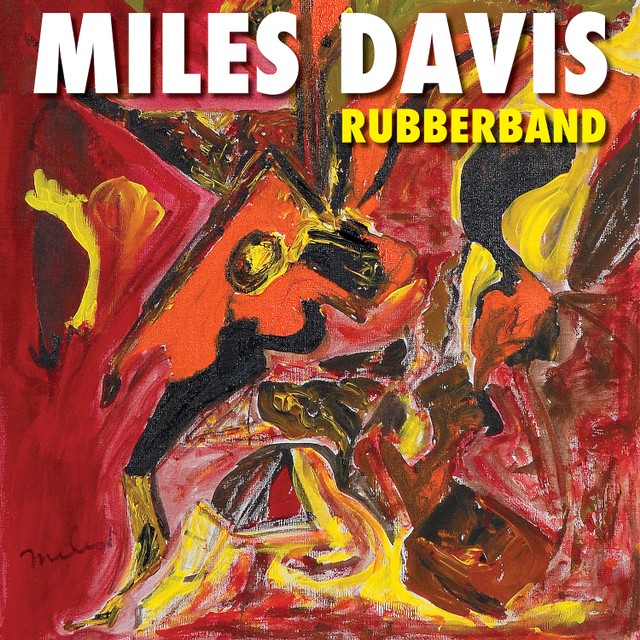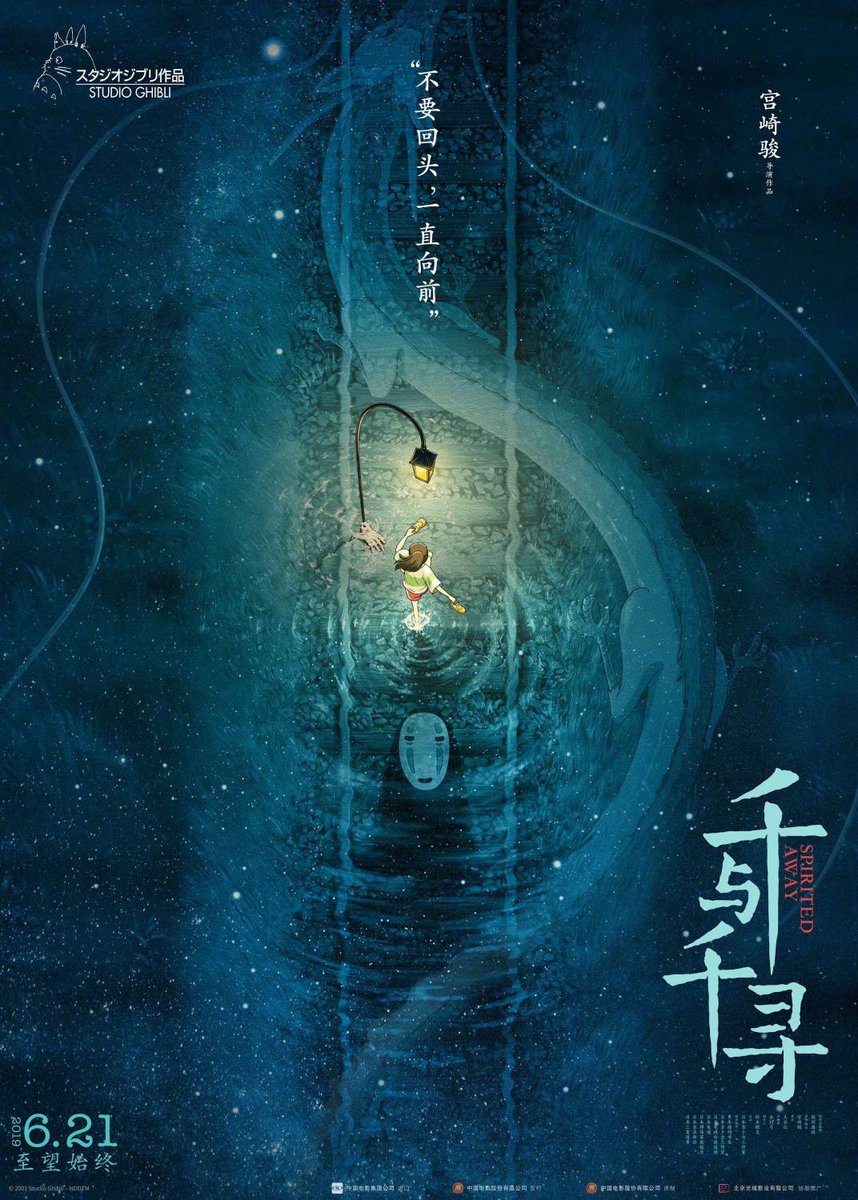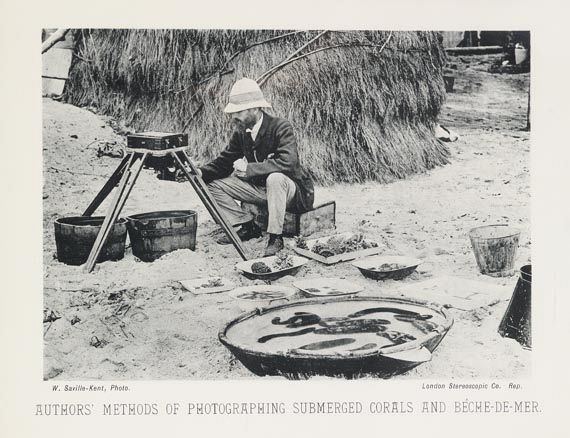Voices of Chernobyl—Svetlana Alexievich’s oral history of the 1986 nuclear explosion in Ukraine—brings together the harrowing testimonies of over 500 eyewitnesses to the accident: Firefighters, nurses, soldiers, former Soviet officials, engineers, nuclear scientists, and ordinary Soviet citizens (at the time), who saw, but could not understand, events that would cost tens, perhaps hundreds, of thousands of lives.
We will never know the exact toll, due to both internal cover-ups and the immeasurable long-term effect of over 50 million curies of radionuclides spread out over the Soviet Union, Europe, and the globe for over three decades. But Alexievich’s book eschews “the usual approach of trying to quantify a disaster in terms of losses and displacement,” notes Robert Matthews at the Journal of Nuclear Medicine. She opted instead to tell the stories “of individuals and how the disaster affected their lives.”
The inherently moving, dramatic stories of people like Lyudmilla Ignatenko—the wife of a doomed firefighter whose unforgettable journey opens the book—immediately draw us into the “psychologic and personal tragedy” of the disaster. For their vividness and sheer emotional impact, these stories have a cinematic effect, filling our imagination with images of grisly tragedy and a grim persistence we might not exactly call heroism but which certainly counts as a close cousin.
It’s no wonder, then, that parts of Alexievich’s deservedly-Nobel-winning history made such a brilliant transition to the screen in Craig Mazin’s HBO miniseries, which draws from stories like Lyudmilla’s in its portrait of the explosion and its containment. The series’ psychological focus, and the need to create individual heroes and villains, creates “confrontation where confrontation was unthinkable” in reality, as Masha Gessen writes in her critique at The New Yorker. We cannot trust Chernobyl as history, though it is incredibly compelling as historical fiction.
Rather what the show gives viewers, writes Gessen, is a stunningly accurate visual portrayal of the time period, one that seems at times to have recreated historical footage shot-for-shot. The show’s total immersion in the bleak, bureaucratic world of mid-eighties Soviet Russia has so enthralled viewers that people have taken to posting Instagram photos of themselves inside the Chernobyl exclusion zone. Though it may seem like a foolish thing to do given the levels of radiation still present in much of the area, Chernobyl has in fact been slated for redevelopment since 2007. Tourists began visiting the area not long afterwards.
Since the zone became accessible, hours of footage from Chernobyl and nearby city of Pripyat, former home of Lyudmilla Ignatenko, have appeared in amateur video and and more professional productions like “Postcards from Pripyat” (top), shot by Danny Cooke for CBS, “The Fallout,” a demo reel shot by Aerobo Designs, and the drone footage in the Wall Street Journal video just above. These are stunning montages of decaying Soviet cities left behind in time. Even emptied of the individuals whose stories keep us compulsively reading eyewitness accounts like Alexievich’s and watching fictionalized dramas like Mazin’s, the videos still have a story to tell, a visual account of the remains of an empire brought low by corruption, fear, and lies.
Related Content:
Scenes from HBO’s Chernobyl v. Real Footage Shot in 1986: A Side-By-Side Comparison
A Haunting Drone’s‑Eye View of Chernobyl
Josh Jones is a writer and musician based in Durham, NC. Follow him at @jdmagness

















